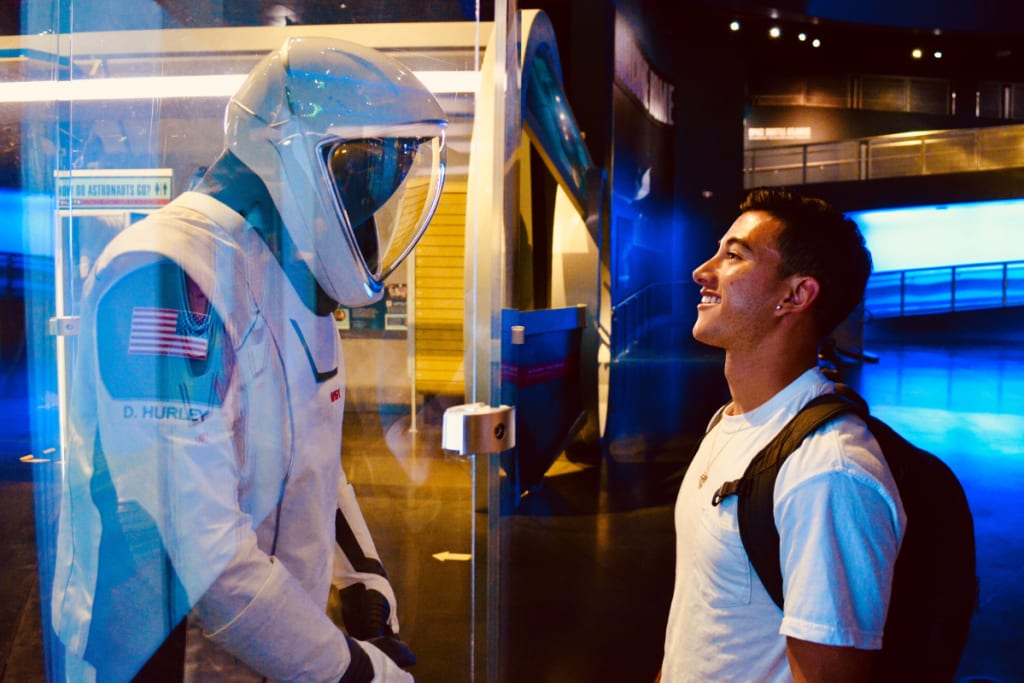
by Nikki Cabus | May 2, 2023 | Blog
NASA is working to build a research base on the moon to send the first astronauts to Mars. Along the way, a new industry is coming to life: construction on surfaces beyond Earth. This is where master’s student Brandon Aguiar ’21 is launching his promising...


